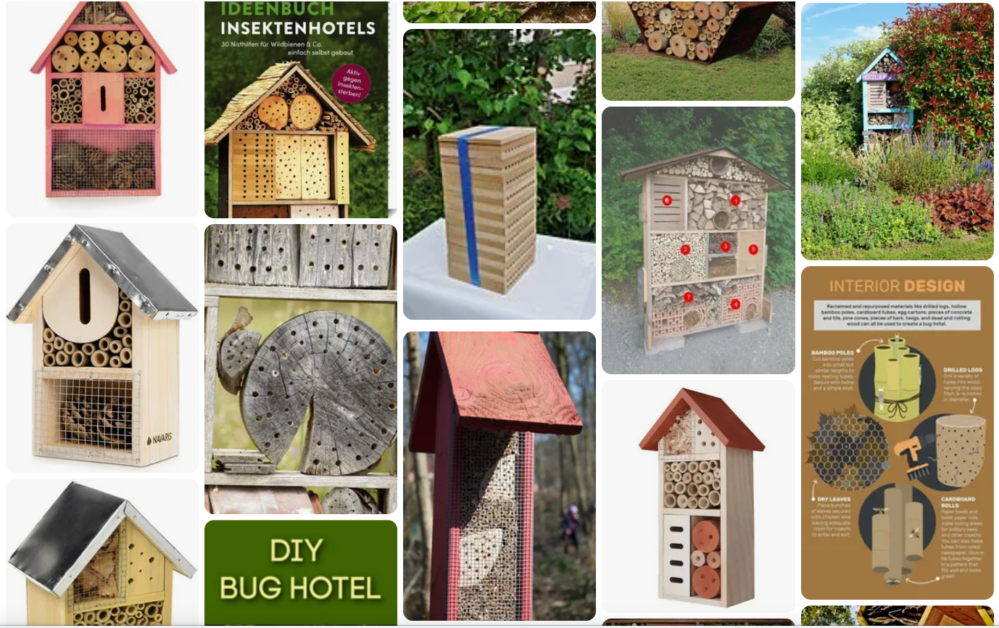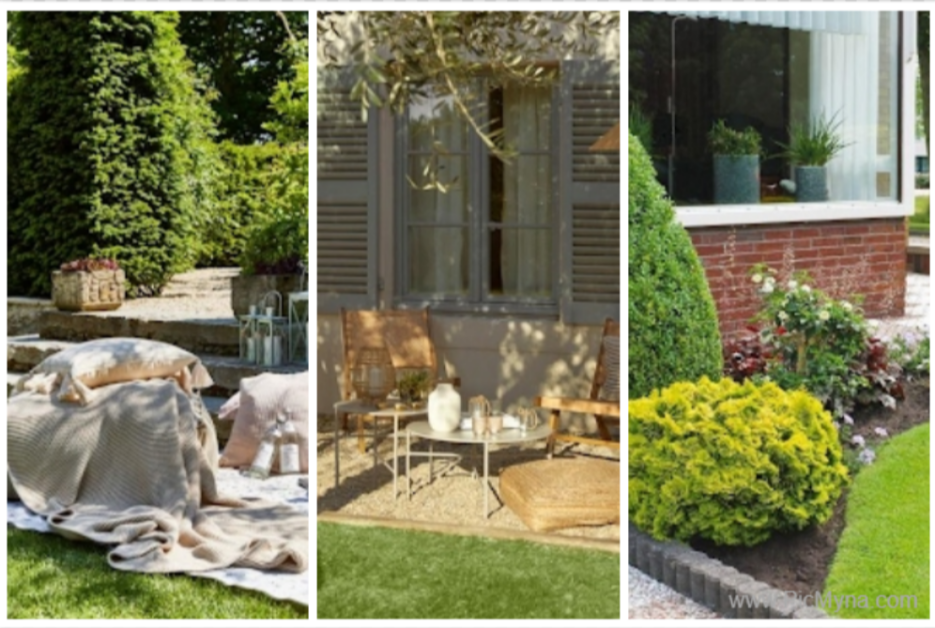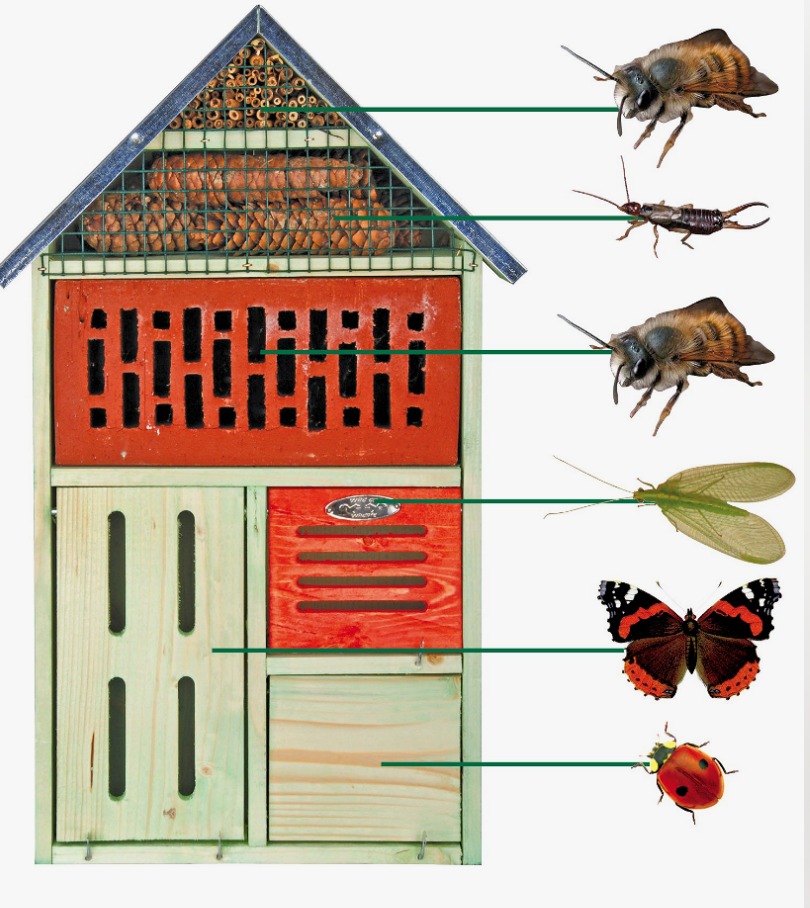
What is an insect hotel – and why should you build one?
Without bees there is no harvest, without harvest there is no food. It is said that if the bees die out, humans will also die out within four years.
Nature conservation organizations and films like “More than honey” by Markus Imhoof have been raising awareness here for years.
But other insects, such as beetles, earwigs, lacewings and butterflies, are also absolutely necessary for biological balance - and are immensely endangered.
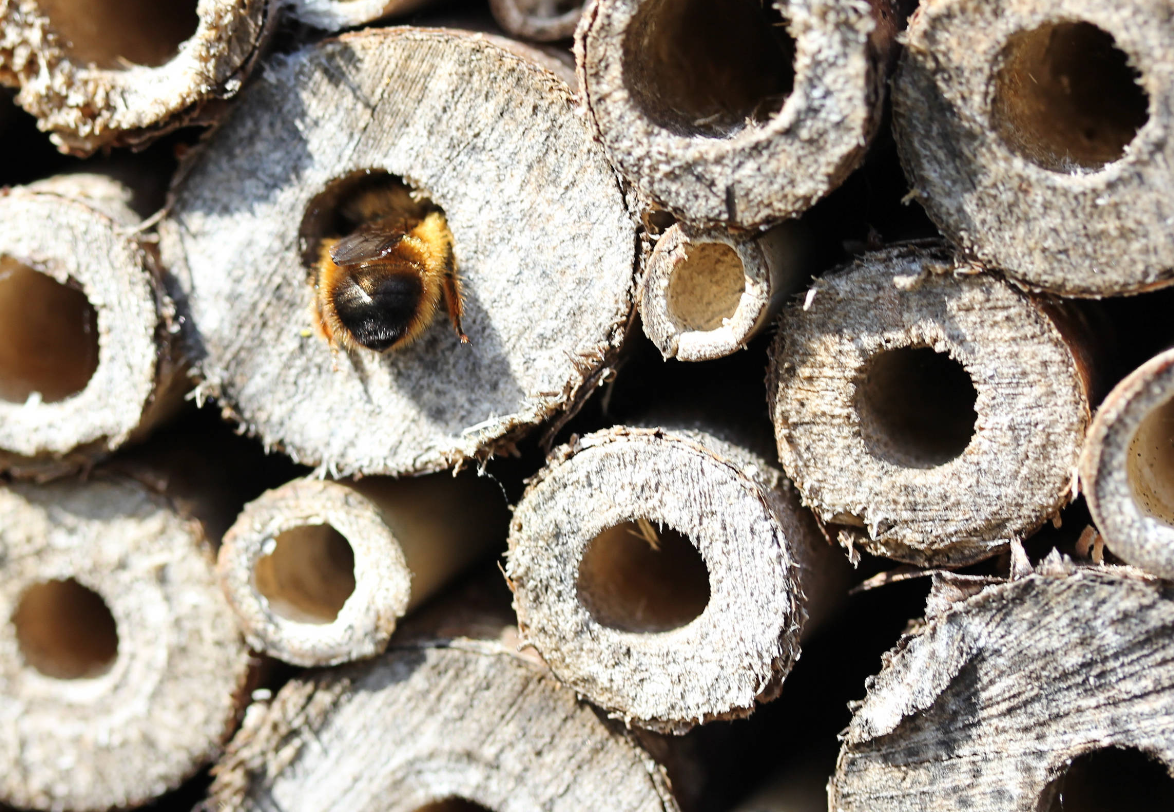
Normally, nature offers the countless species of insects enough opportunities for shelter and laying eggs. This includes dead tree stumps as well as cracks in walls.
But these habitats are increasingly being destroyed or restricted by people's way of life, which is inconsiderate of nature.
Wildflower meadows and fallow land are being built on or filled in; Salt destroys the vegetation along roadsides.
The use of pesticides in agriculture destroys or poisons feeding places for insects and leads to deformities and death.
It is therefore all the more important to create safe alternative places that are close to feeding opportunities - i.e. within 300 meters.
These replacement habitats are called “insect hotels”. They serve both as nesting places and as a place to overwinter.
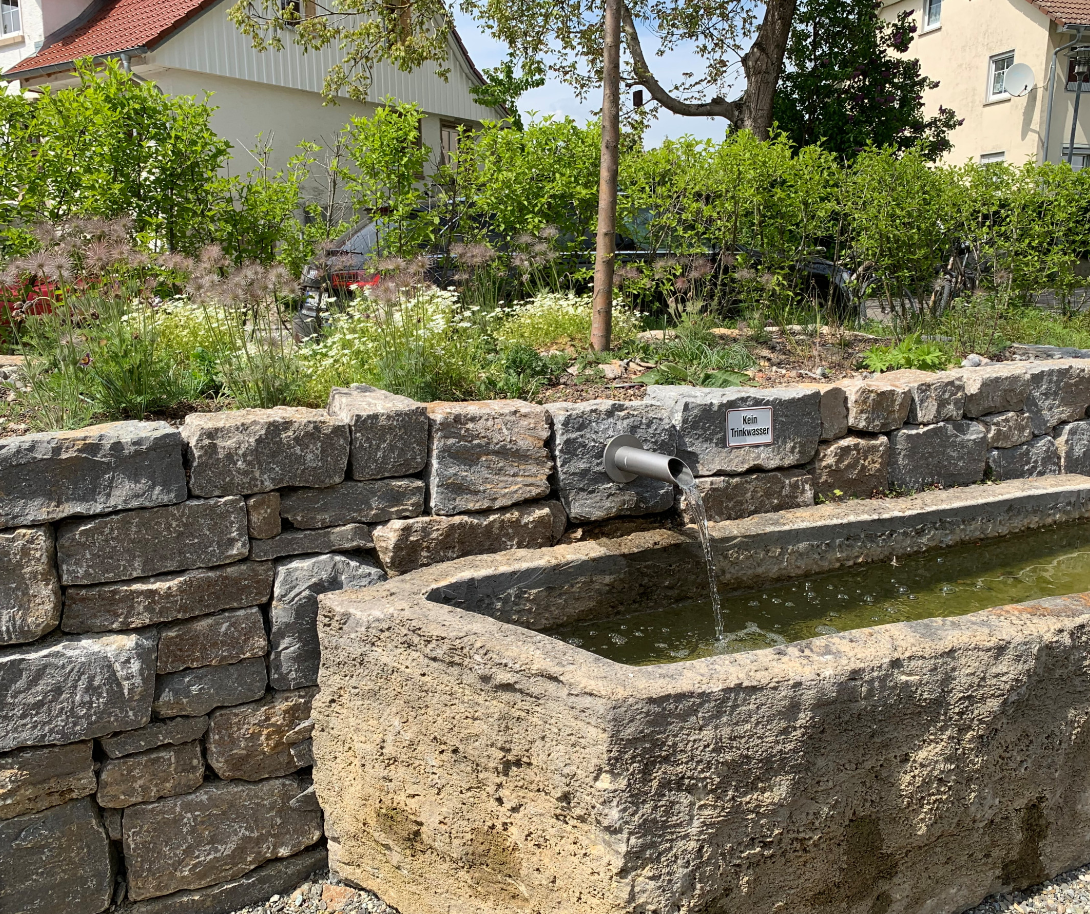
What do you need for an insect hotel?
There are numerous models that can be purchased ready-made or as a kit in garden stores, online or at hardware stores.
But it's not difficult to build an insect hotel yourself. The shelters are called hotels because they offer a room for every insect using different materials in chambers.
Depending on the species, the animals prefer different materials for shelter:
-
- Pineapples and other cones are often inhabited by ladybirds and lacewing larvae.
-
Wood chips and bark are often inhabited by wood beetles and wood ants.
-
Reeds and bamboo canes are the favorite place of wild bees and solitary wasps.
-
Wall stones and cracks in stone are also ideal for solitary bees and wasps.
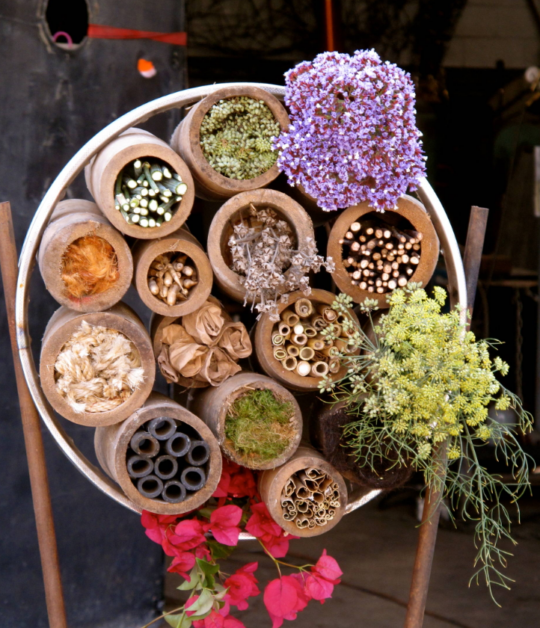
DIY instructions for an insect hotel for earwigs - a great remedy for lice!
You can build a very special insect hotel that also serves as pest control with a flower pot made of clay, hay and straw as well as some rabbit wire - for earwigs, which naturally destroy lice.
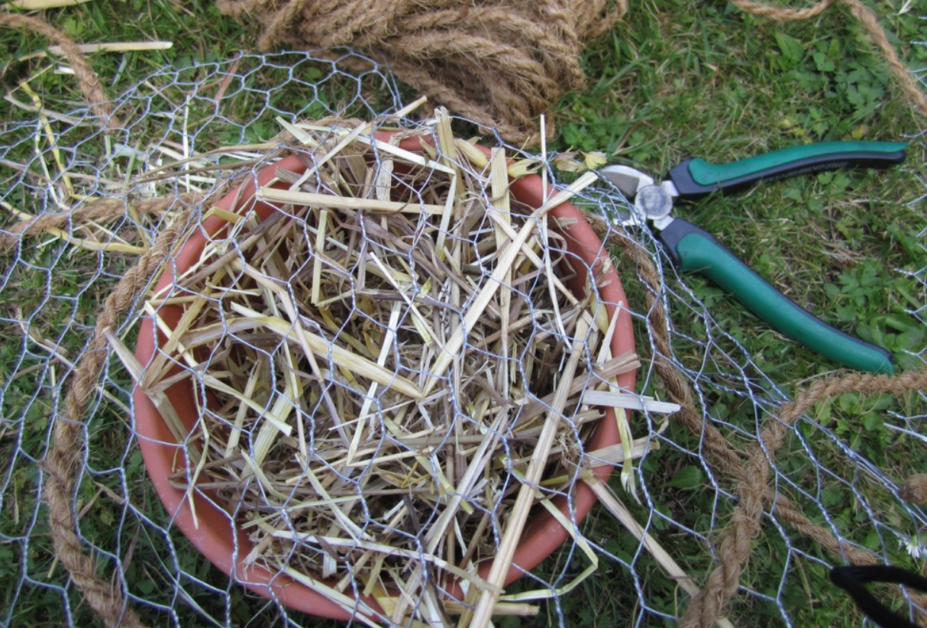
You will need a simple clay pot of any size. A natural raffia ribbon or coconut fiber is used for hanging.
Either the cord is attached with a small branch or round wood; a large knot as a stopper also works.
Then the string is threaded through the hole in the clay pot from the inside out. The branch functions as a cross bar for suspension.
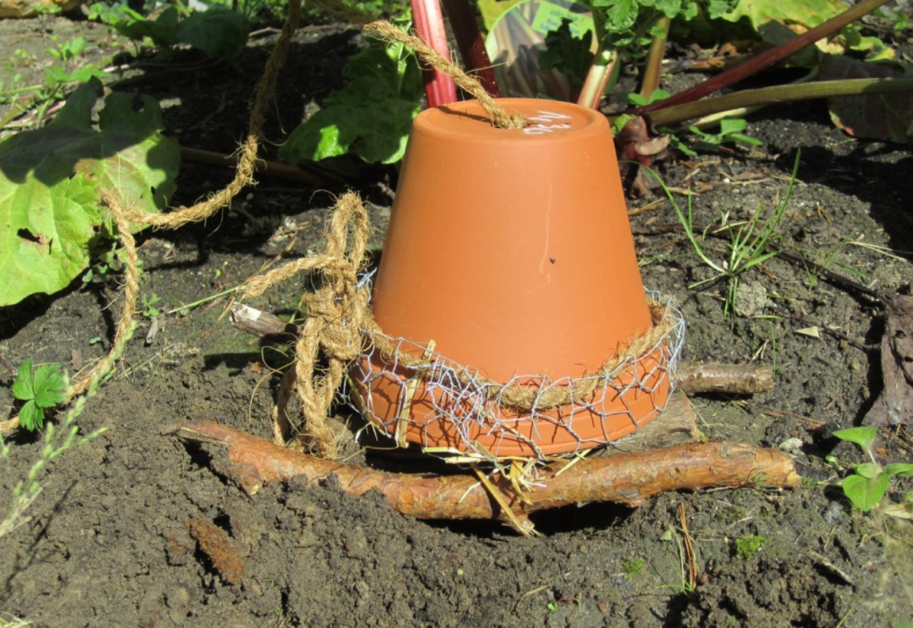
Now straw or hay is stuffed tightly into the pot and a rabbit wire (or similarly fine wire mesh) is stretched over the pot.
Thread a string through the wire mesh on the side and knot it tightly; this will hold better than if the wire is just bent around the edge of the clay pot.
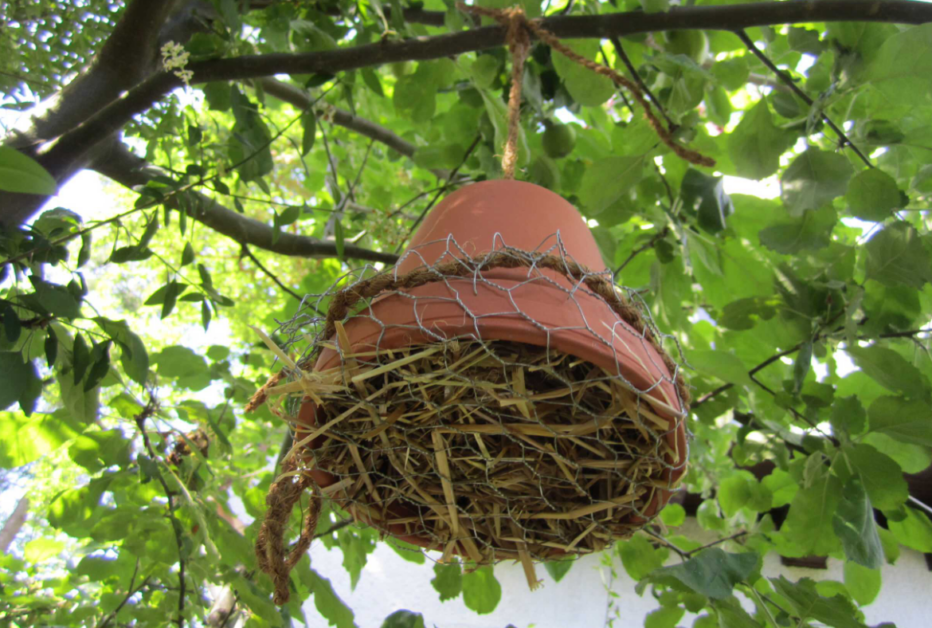
The finished bell is now placed directly over a small hole in the ground - ideally in a shady, moist part of the garden.
The dry straw and the dark place attract the earwigs and they collect in large numbers in the straw bell.
This big crawling is exactly what you want!The finished bell is now placed directly over a small hole in the ground - ideally in a shady, moist part of the garden.
The dry straw and the dark place attract the earwigs and they collect in large numbers in the straw bell. This big crawling is exactly what you want!
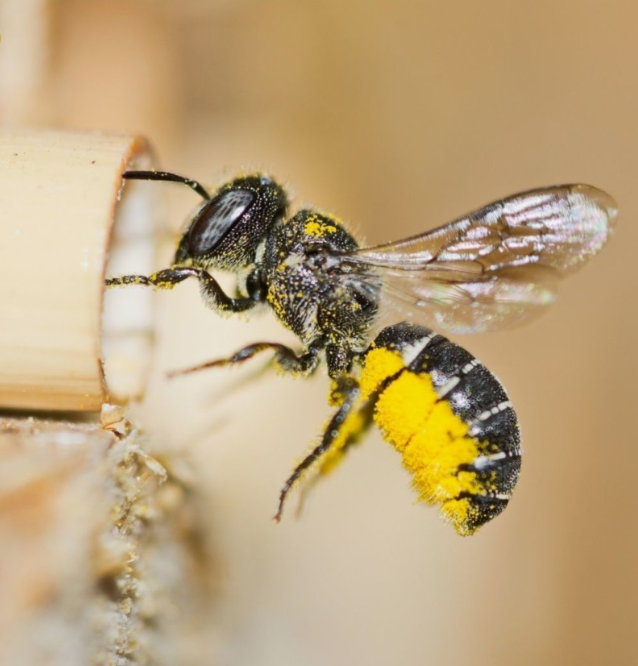
Do you already have an insect hotel in your garden?
Feel free to share your experience and observations in the comments.
